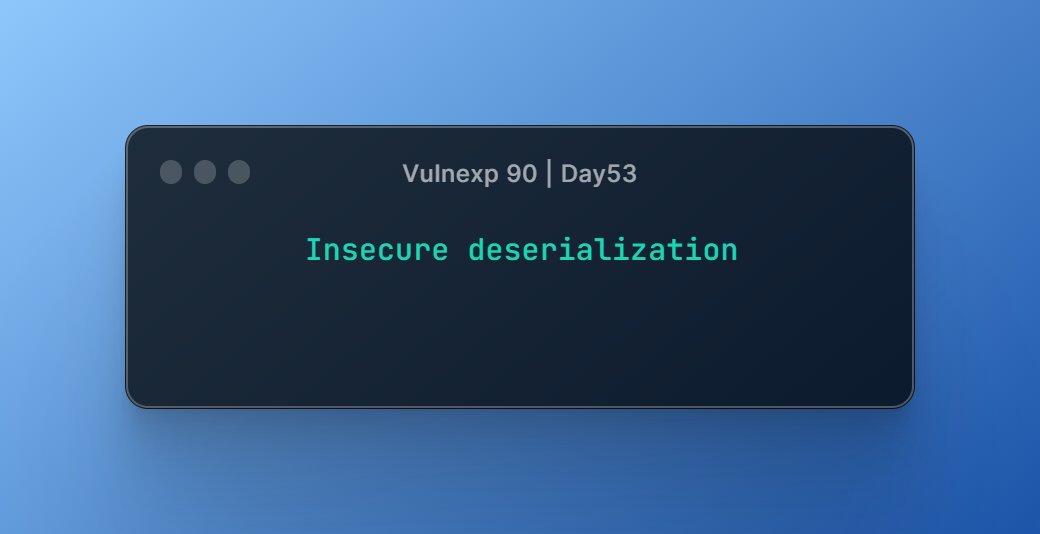
Vulnexp 90 | Day68
CRLF Injection
CRLF is a type of web-based attack that allows an attacker to inject malicious code or unwanted data into the HTTP response of a web application.
➡️Vulnerabilities Occur:
#bugbountytips #bugbountytip
Thread 🧵 : 👇
CRLF Injection
CRLF is a type of web-based attack that allows an attacker to inject malicious code or unwanted data into the HTTP response of a web application.
➡️Vulnerabilities Occur:
#bugbountytips #bugbountytip
Thread 🧵 : 👇

Vulnerabilities Occur:
• CRLF can occur when a web application fails to properly sanitize user-supplied input or validate input parameters. Specifically, they can occur in any part of the HTTP response that accepts user input, including HTTP headers, cookies, and form input.
• CRLF can occur when a web application fails to properly sanitize user-supplied input or validate input parameters. Specifically, they can occur in any part of the HTTP response that accepts user input, including HTTP headers, cookies, and form input.
• For example, an attacker can insert a CRLF sequence into an HTTP header to inject additional headers or modify the response. Alternatively, they may use CRLF to inject malicious code, such as JavaScript, into the response body, leading to cross-site scripting (XSS) attacks.
• CRLF can be particularly dangerous when they are combined with other vulns, such as SQL injection or file inclusion vulns. In such cases, an attacker may be able to inject CRLF sequences to execute arbitrary commands or even gain access to sensitive files on the server.
• • •
Missing some Tweet in this thread? You can try to
force a refresh






